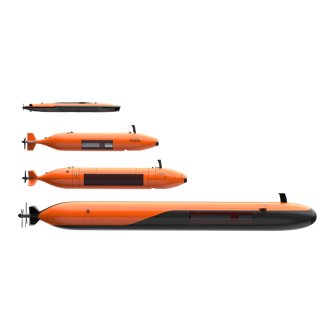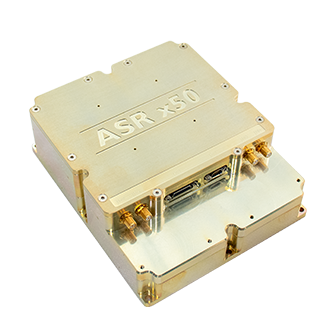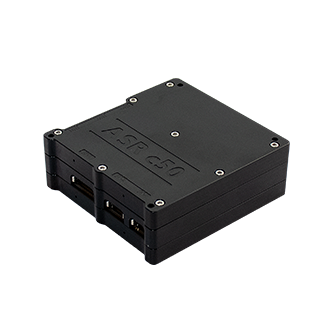
Critical Infrastructure
Critical Infrastructure
Critical infrastructure is more than just physical structures; it is the lifeline of our modern society. It refers to the systems, resources, and services essential for society’s security, health, economy, and welfare. It encompasses many sectors, including energy, water supply, transportation, finance, telecommunications, and healthcare. It includes the power that provides us with light and heat, the pipes that supply us with clean water, the signals in the air that give us mobile coverage, the servers that provide us with internet access, the planes that take us on vacation, and the ships at sea.
Infrastructure is all around us, and protecting these systems is crucial to ensuring society can function normally, even in crises.
With operational areas of interest as large as oceans, it pays to have a high-level view of assets, activity and an ever fluid risk picture.
Satellites help tackle the challenges of conducting surveillance at scale, monitoring and analysing marine activity on a local, national and international level to enable informed, fast and optimal decision making.
From seeing the ‘big picture’ to diving into the details of individual vessel activity, satellites provide a platform for the identification and prediction of potential risk, enabling opportunity for timely action to safeguard critical infrastructure.

AIS Space Receivers
An AIS (Automatic Identification System) space receiver is used to receive and decode AIS signals from ships. These signals contain information about the ship’s identity, position, speed, and course. By placing AIS receivers on satellites, it’s possible to track ships over vast ocean areas where terrestrial AIS receivers can’t reach.
Ports and harbours face constant challenges from harsh marine environments and vessel activity, with underwater structures, including quay walls, pier supports, jetties, cables, and pipelines, at particular risk from corrosion, marine growth, and damage from ship traffic.
Geopolitical instability adds additional risk, with busy trade hubs emerging as natural targets for bad actors.
As such, scheduled and pro-active monitoring, surveillance and inspection procedures are essential. Innovative technology can help overcome both environmental and operational challenges, helping maintain structural integrity, reduce costly repairs, avoid disruption, and ‘keep ships sailing’.
Critical subsea infrastructure may be out of sight, but it should never be out of mind.
With power and communication cables, energy pipelines, and vital installations crisscrossing the seafloor, the need for continual monitoring and robust inspection practices is paramount.
However, the scale of developments, the depth of deployment, and the often-demanding operational environments create obvious challenges for owners, operators, governments and other key stakeholders.
These challenges must be overcome to counter threats ranging from corrosion, marine growth, and physical damage from currents, through to accidental damage from human activities, and planned attacks.

Autonomous Underwater Vehicles
Our range of HUGIN AUVs are ideal for critical infrastructure monitoring because they can operate autonomously in hard-to-reach and hazardous underwater environments.
Equipped with advanced sensors HUGIN provide high-resolution data for precise inspections and early detection of potential failures, such as cracks or leaks. AUVs can conduct long-duration missions and offer continuous, real-time monitoring, enhancing the ability to identify and respond to issues promptly.
 Range of products
Range of productsHugin AUV
The HUGIN family
Read more
We offer comprehensive after-sales assistance
-
24/7 Technical support
Our Technical Support team is readily available to provide global 24/7 support and can respond to resolve any issues at any time, wherever you are located in the world.
-
Training
We can provide detailed training on the use of our products to ensure your crew is equipped with the necessary operational competence to minimise technical risk and maximise return on your asset investment.

